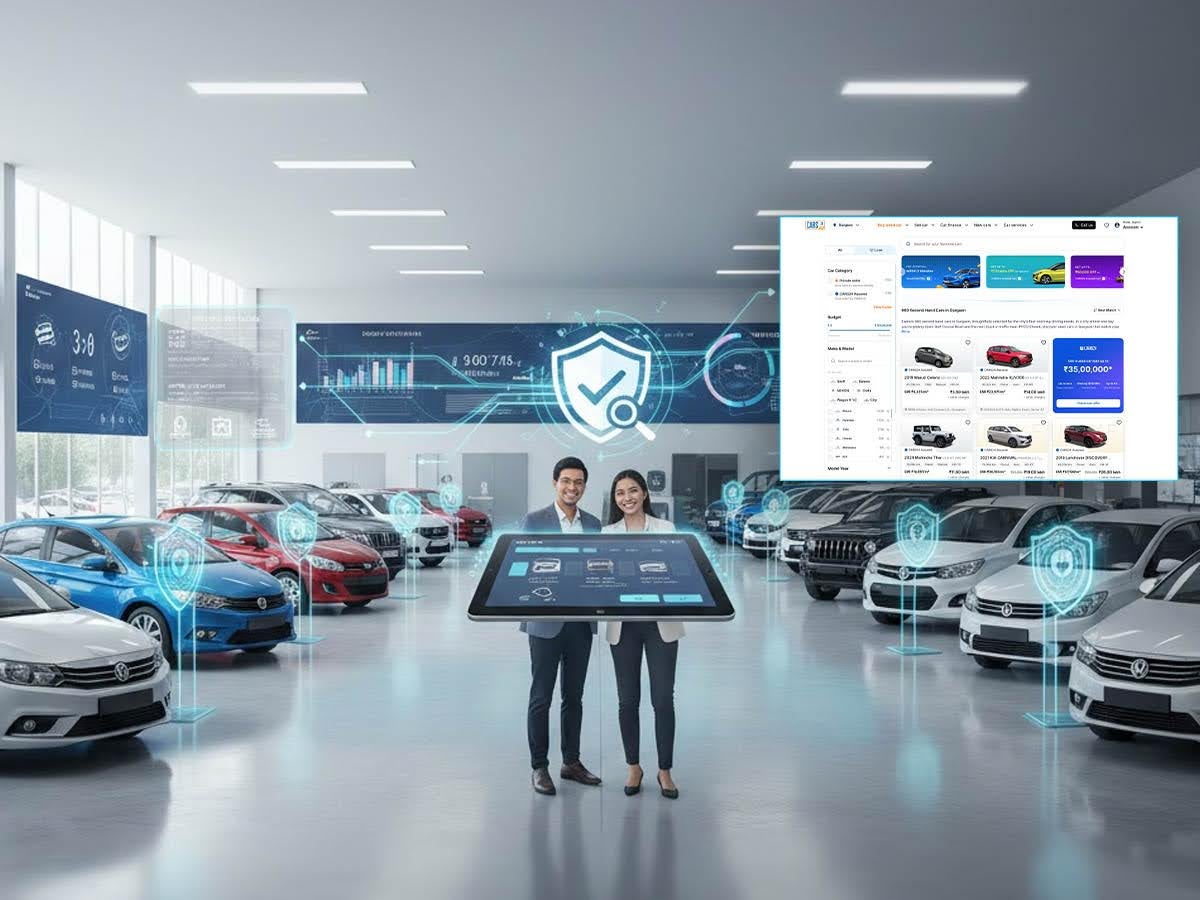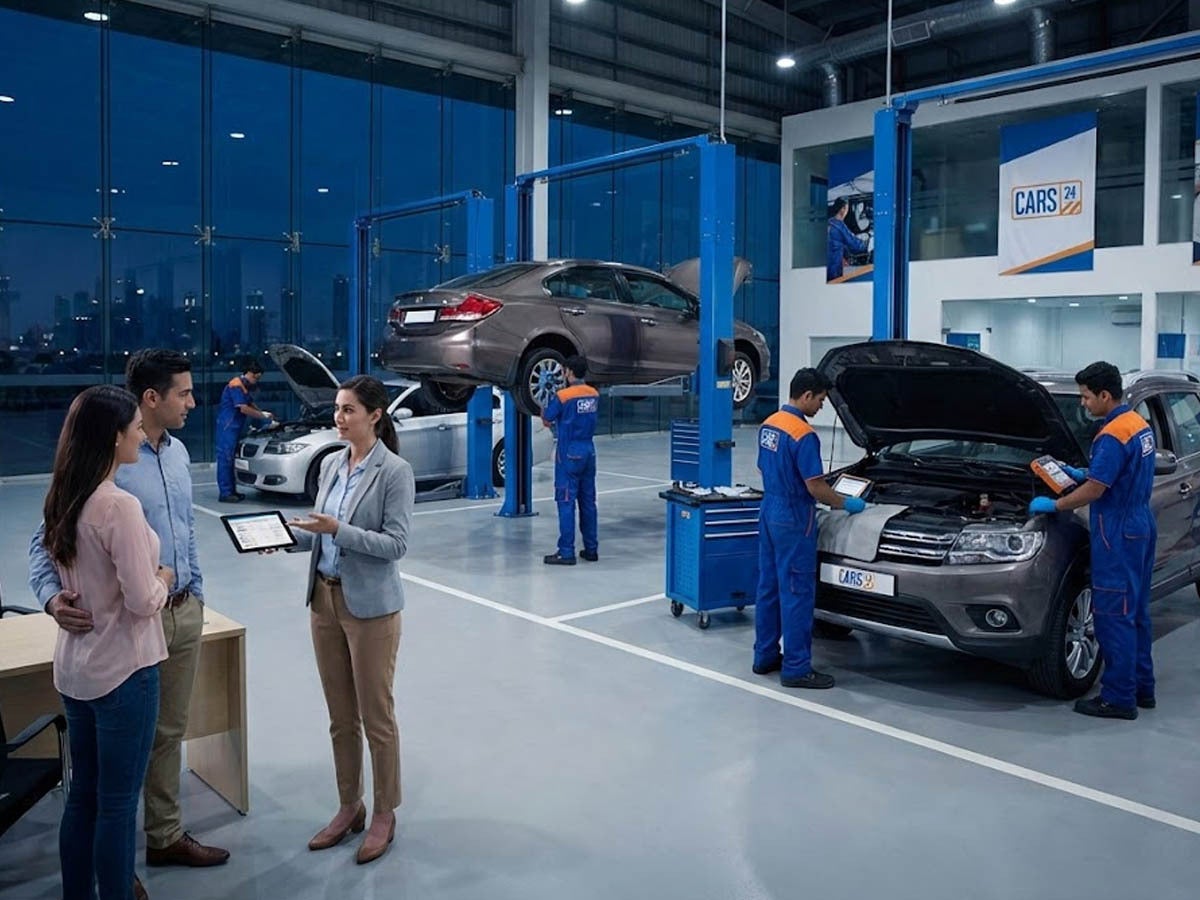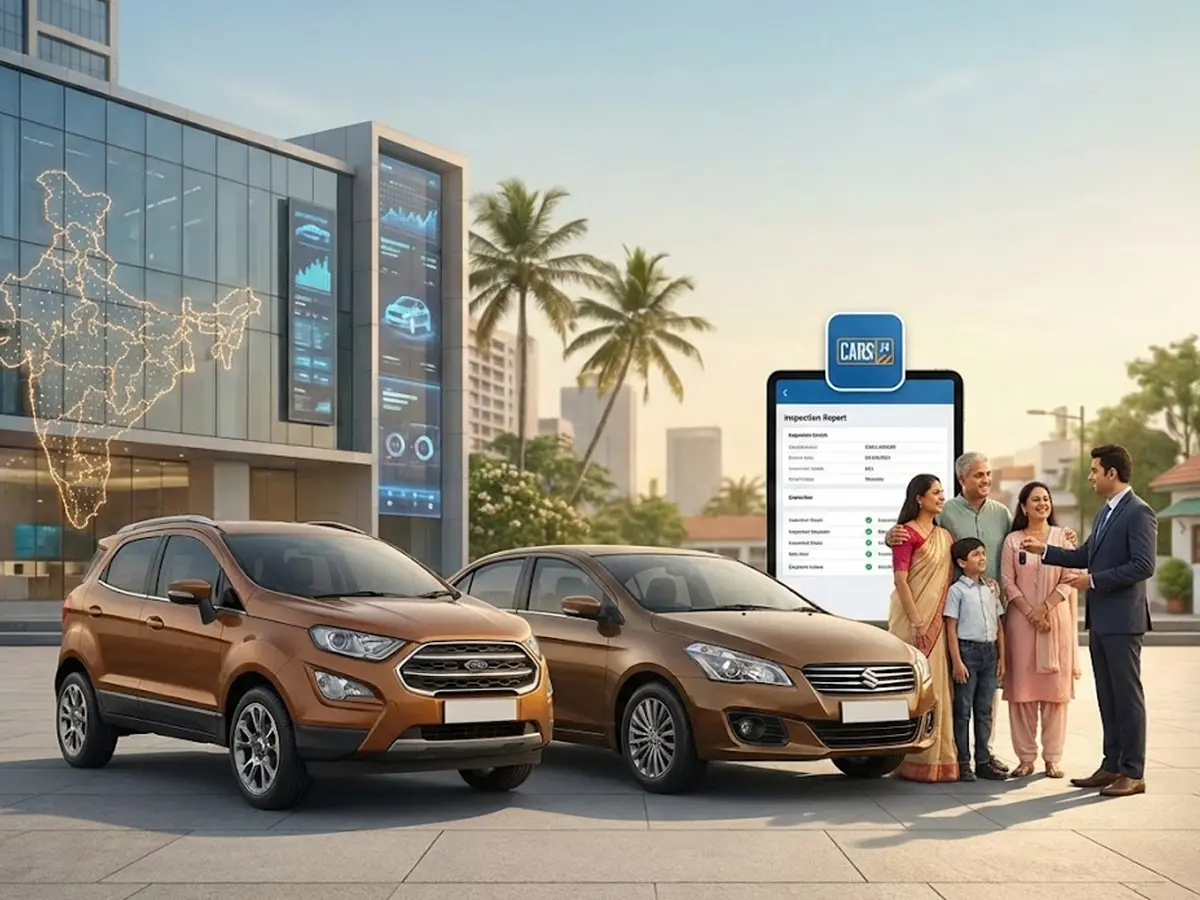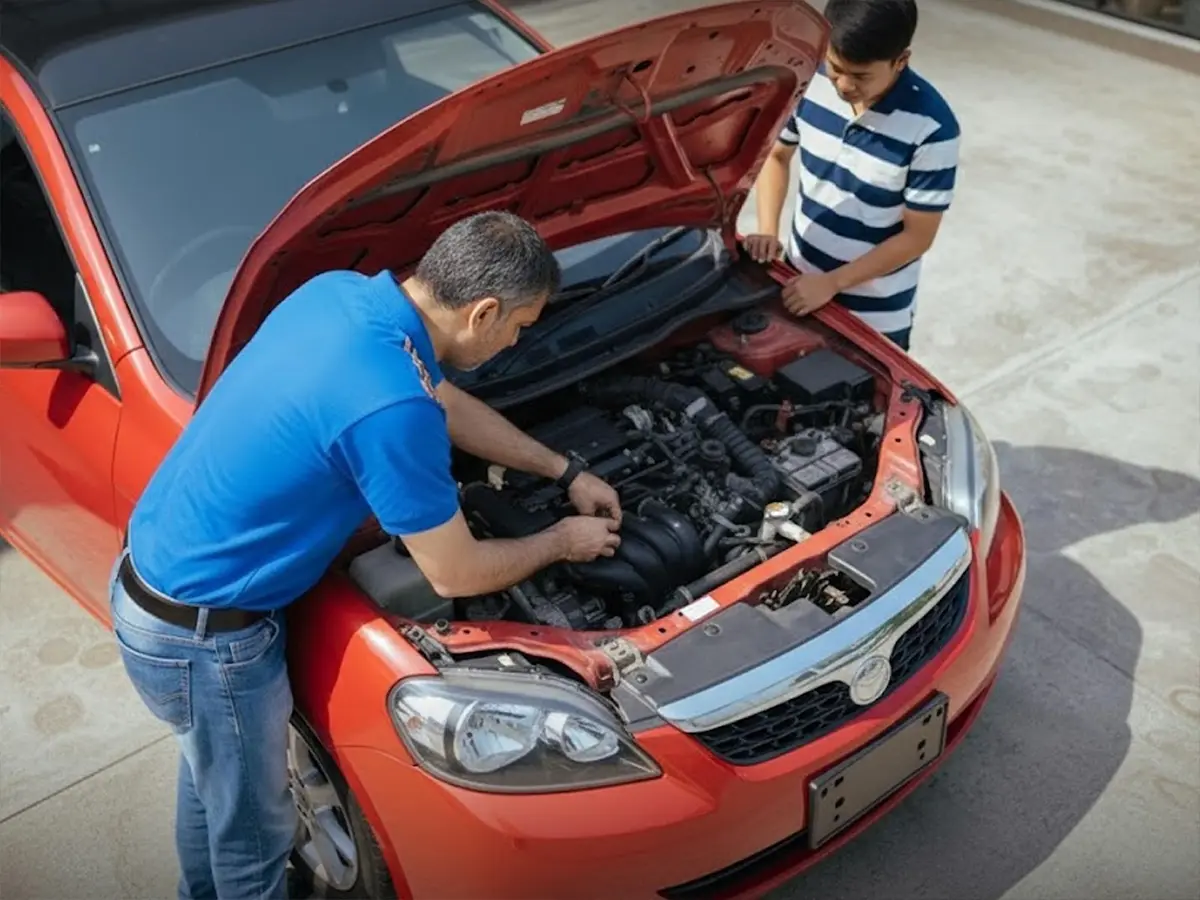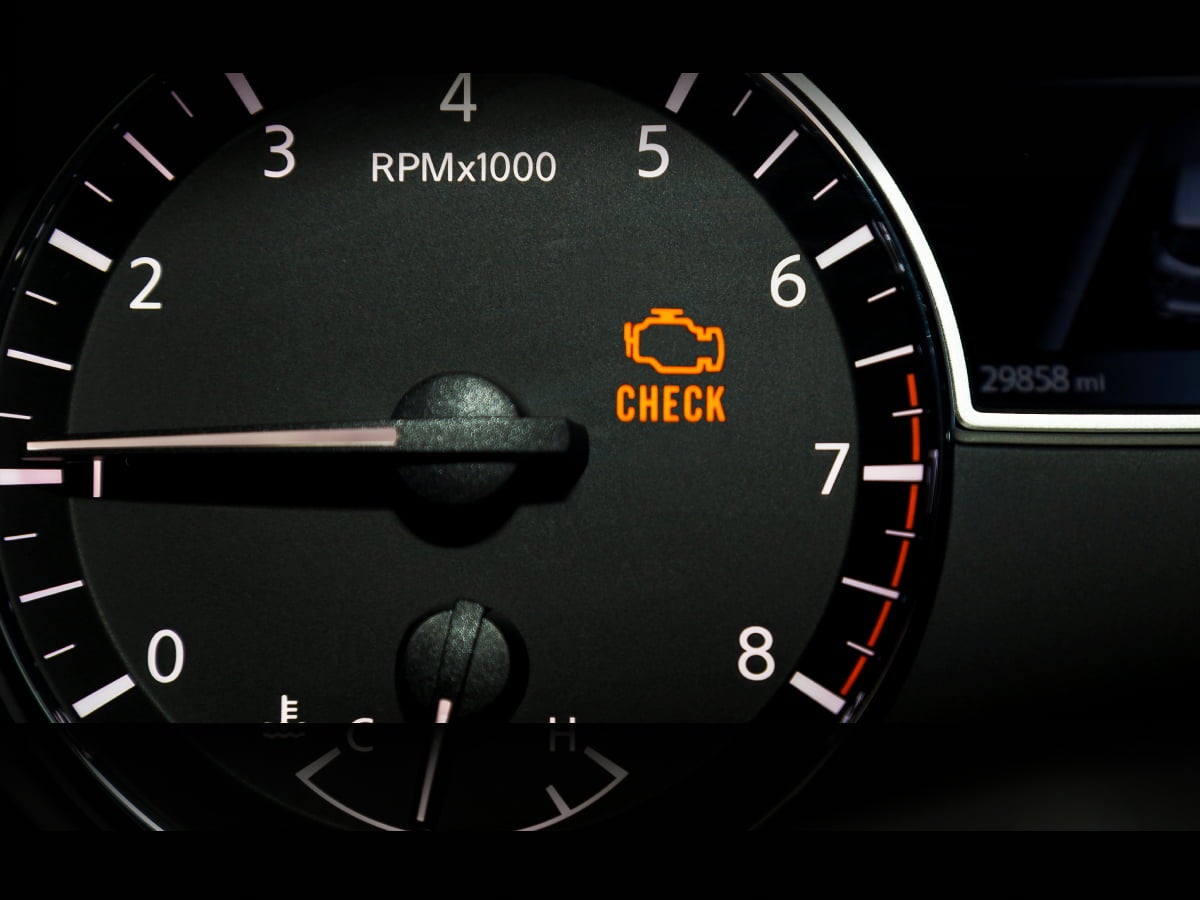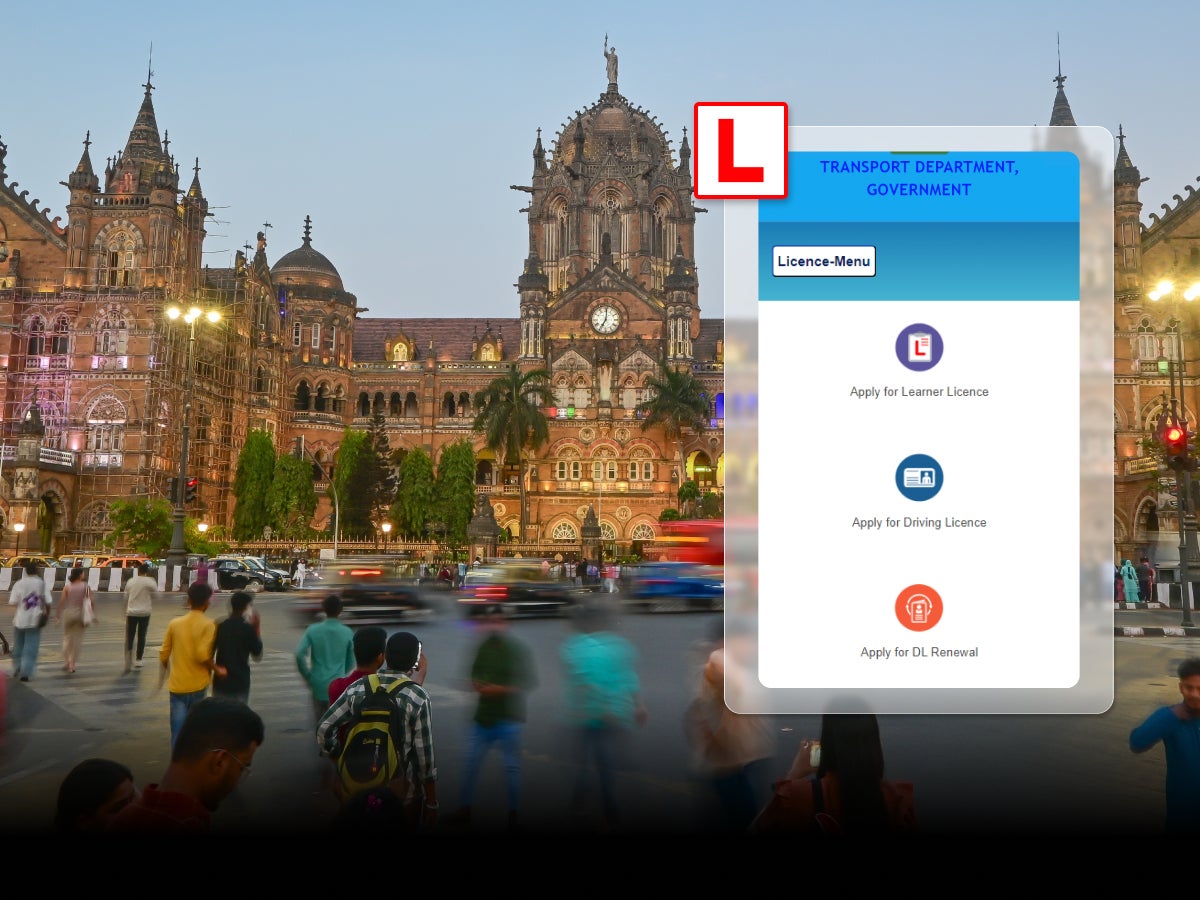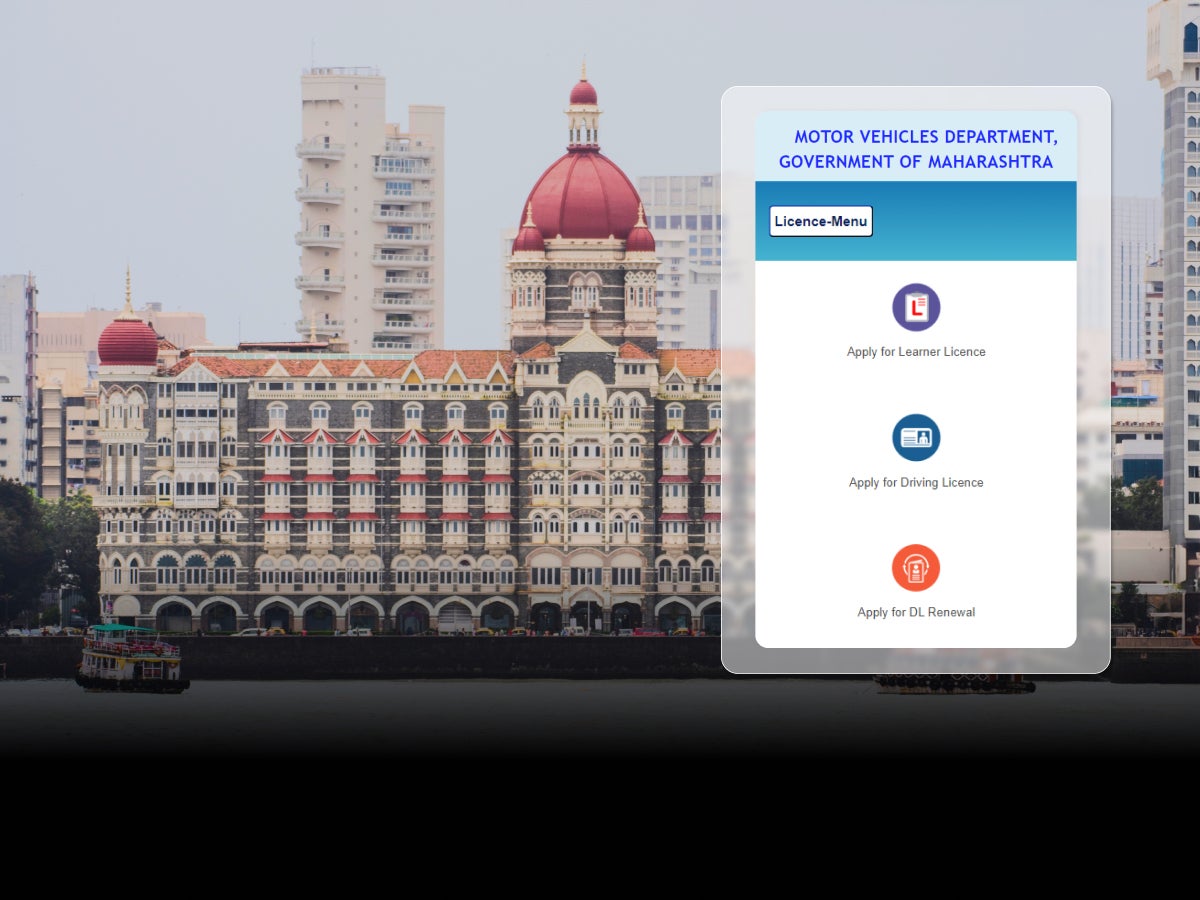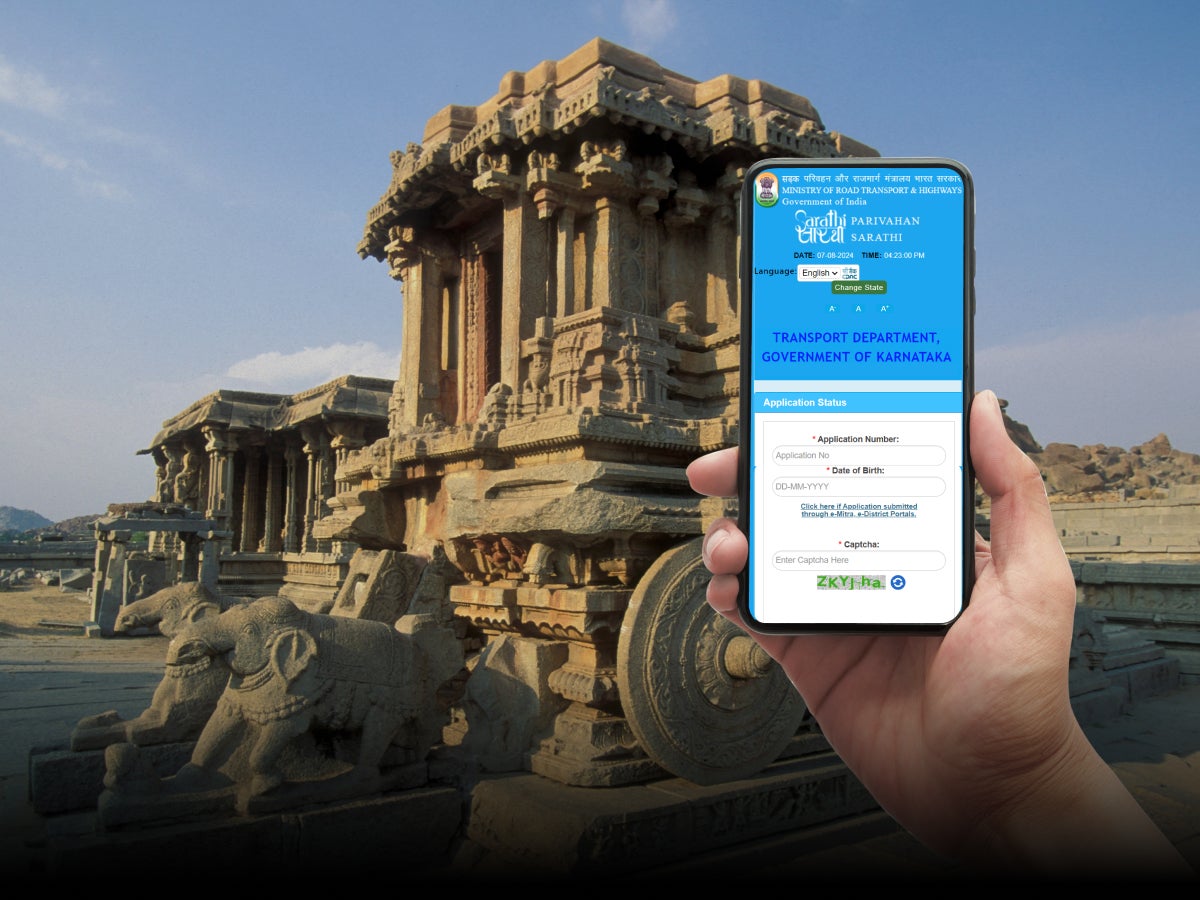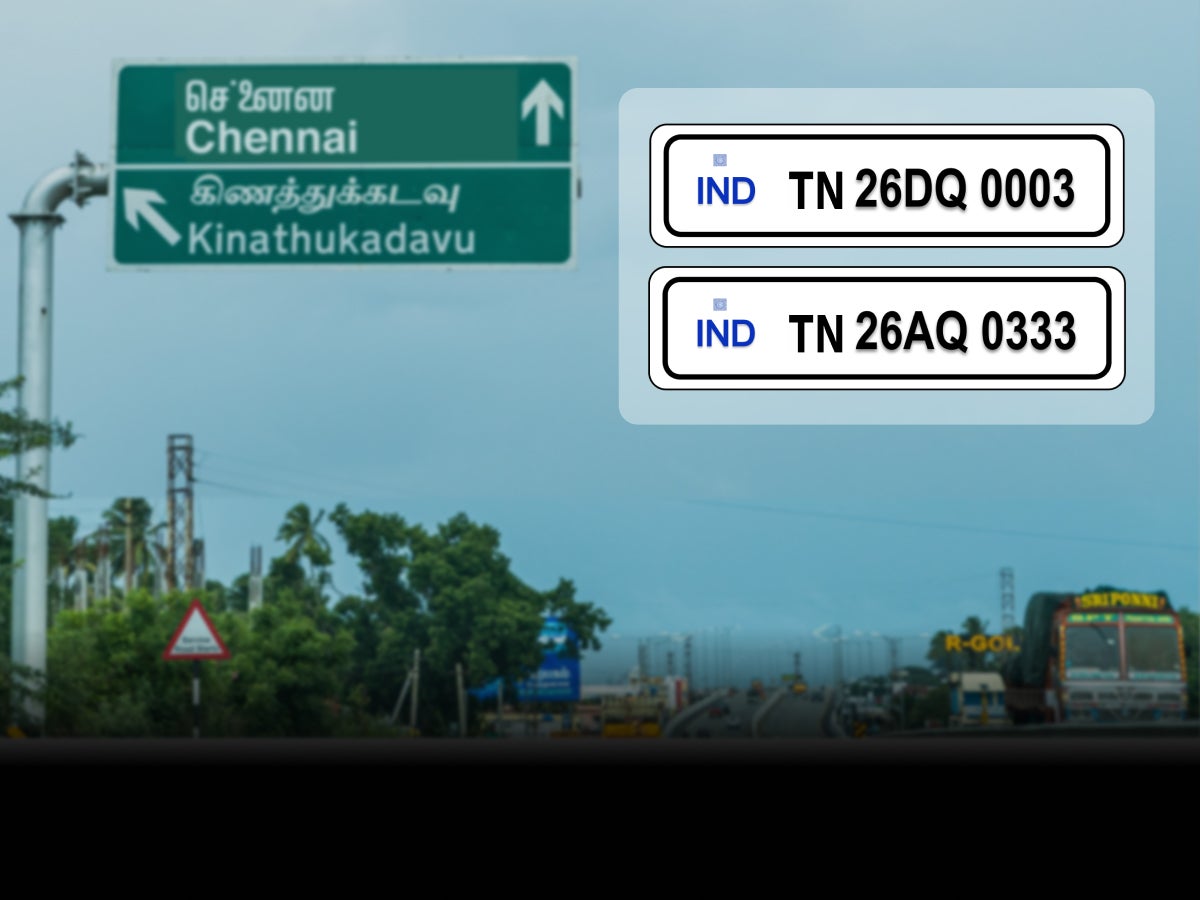

Car Depreciation Rate Explained - How to Calculate and Minimise Depreciation
- 1Vehicles are considered to be depreciation assets that lose its value over time.
- 2The rate at which a car loses its value is called vehicle depreciation rate
- 3Proper maintenance of your vehicle can slower the rate of depreciation
- Car Depreciation Rate in India: How Much Does Your Car Depreciate Every Year
- Car Depreciation Calculator for Car Owners: How to calculate the Car Depreciation Rate in India?
- How Car Depreciation Rates Work in the Real Market (and Why It Varies So Much)
- Can Anything else affect the Depreciation Rate of my Vehicle?
- How does the Rate of Car Depreciation affect you?
- Conclusion
You must have heard that your car starts to lose its value the moment it leaves the showroom. Well, we are afraid to tell you that’s true, thanks to car depreciation, which starts as soon as you purchase your car.
Car depreciation rate refers to the loss of monetary value they face with each passing year. There are numerous factors involved that affect the car depreciation rate, and how quickly, or slowly, the vehicle loses its value. There are certain steps that can be taken to ensure a better price when selling your car, such as maintenance, regular servicing, a verified service history, etc. However, none of these can affect the minimum rate of depreciation. In this article, we will explore all that you need to know about car depreciation rate, including how to calculate depreciation, formulas, and examples.
Car Depreciation Rate in India: How Much Does Your Car Depreciate Every Year

While several factors can speed up the car depreciation rate of your vehicle, however, to maintain uniformity, the Insurance Regulatory and Development Authority of India (IRDAI) has set a standard car depreciation rate for insurance purposes in India. As per the current standards, a one-year-old vehicle undergoes a 15% depreciation rate, while a 5-year-old vehicle tends to lose half of its original value with a 50% depreciation rate.
For a better understanding, take a look at the car depreciation rate slabs in the table below that have been fixed by IRDAI for all insurance companies to follow:
| Age of Vehicle | Car Depreciation Rate Slabs in % |
|---|---|
| Not exceeding 6 months | 5% |
| Exceeding 6 months – 1 year | 15% |
| Exceeding 1 year – 2 years | 20% |
| Exceeding 2 years – 3 years | 30% |
| Exceeding 3 years – 4 years | 40% |
| Exceeding 4 years – 5 years | 50% |
The purpose of setting a standard vehicle depreciation rate based on vehicle age is to set a tangible value to quantify automobile depreciation, which is rather subjective in nature. Moreover, setting a standard rate for depreciation of cars in India can help in calculating the Insurance Declared Value (IDV) of a vehicle, thereby allowing insurance companies to determine the extent of their maximum liability. For cars older than 5 years, the IDV is mutually decided between the insurer and the owner of the vehicle.
Does the Car Depreciation Rate Also Affect Consumable Parts and Other Components?
In addition to determining the IDV of your vehicle, the car depreciation rate also plays a crucial role in aiding your insurance provider in determining the claim amount to be disbursed in case you raise a claim. While the overall vehicle undergoes age-based depreciation, the consumable parts and other components that are to be replaced by the insurance provider also undergo a separate depreciation rate, which is also standardised by the IRDAI. The depreciation rate of parts to be replaced by the insurance provider is as follows:
| Component Type | Car Depreciation Rate |
| Parts made of glass | 0% |
| Parts made of fibreglass | 30% |
| For all rubber/nylon/plastic parts, tyres and tubes, batteries and air bags | 50% |
Car Depreciation Calculator for Car Owners: How to calculate the Car Depreciation Rate in India?
As mentioned before, depreciation is not an exact science. However, there are some methods that can give you a fair idea as to how much your vehicle has depreciated.
Check Current Market Prices (Quickest Method)
The easiest way to calculate car depreciation is by checking out websites that sell used cars online. This is a good way to find out how much people are willing to pay for a car similar to yours. By far, this method will get you closest to the actual number quickly and without much calculation.
2. Use IRDAI’s Standard Depreciation Rates
Another method of calculating the depreciation rate of your car is to use the standard vehicle depreciation rate set by IRDAI. This method is quite popular as it takes into account the fact that a new car’s value depreciates very quickly during its initial years and then, over time, its depreciation gradually slows down.
Suppose you purchase a brand new car for Rs 10 lakh in 2024. After 1 year, the insurer would value it at around Rs 8 lakh due to a 20% depreciation rate. If the car is declared a total loss in the second year, the maximum claim you could receive from your insurer would be Rs 8 lakh, leading to a loss of Rs 2 lakh from the original purchase price.
3. Use the Depreciation Formula
Another straightforward method that can help you calculate the car depreciation rate is by using this formula:
Depreciation rate = ((Original cost – Current value) / Original cost) × 100
| Item | Value |
|---|---|
| Original Car Cost | ₹10,00,000 |
| Current market value | ₹7,00,000 |
| Depreciation | (10,00,000 – 7,00,000) / 10,00,000 × 100 |
| Result | 30% depreciation |
If you match this rate of depreciation as per the standard set by IRDAI, then chances are that the vehicle in question is about 2 to 3 years old.
How Car Depreciation Rates Work in the Real Market (and Why It Varies So Much)
While depreciation formulas and IRDAI rates offer a structured way to estimate value loss, the real used-car market behaves very differently. A car’s actual resale value depends far more on market demand, ownership trends, brand strength, and even regional buyer preferences than on any standard percentage. This is why two cars of the same age can sell for drastically different prices.
In practice, depreciation is shaped by several real-world factors. Body style also plays a major role. For example, hatchbacks offer the best resale value against SUVs and sedans because they have a far larger buyer base, lower running costs, and strong demand in metro as well as tier-2 and tier-3 cities.
Depreciation also responds sharply to external conditions. A sudden model update, a brand discontinuing a vehicle, higher service costs, or even rising fuel prices can change resale dynamics overnight. That’s why no two cars depreciate the same way.
Common Factors Leading to Car Depreciation
| Factor | Impact on Depreciation |
| Age of the Car | Tangible factor. As the car gets older, its value decreases. |
| Car Brand | Reliable brands (Honda, Toyota, Maruti Suzuki, Hyundai) depreciate slower due to trust, lower maintenance costs, and strong market reputation. |
| Mileage (Odometer Reading) | Higher mileage reduces value. However, reliable models (e.g., Toyota Innova Crysta) still hold value better than peers with similar mileage. |
| Number of Owners | Cars with multiple previous owners depreciate faster due to perceived neglect, poor maintenance, or hidden issues. First-owner cars usually fetch a higher resale value. |
| Service History | A complete service record with authorised centres and extended warranty increases value. Lack of service history accelerates depreciation. |
| Fuel Efficiency | Fuel-efficient cars depreciate more slowly, as buyers prefer lower running costs. This factor is losing importance slightly as buyers also seek features and performance. |
As already discussed, when it comes to depreciation on cars in India, vehicle age plays the biggest role. However, other than the age of your car, there are several factors that can impact the car depreciation rate.
Car Brand
Reliability is one of the strongest factors that influences the car depreciation rate. Brands like Toyota and Maruti Suzuki enjoy a reputation for their reliability in the Indian market. As a result, their cars generally depreciate at a slower rate compared to similarly aged models from less-trusted brands. Factors like lower maintenance costs, a wide service network, and easy availability of spare parts further strengthen the brand value, thereby leading to slower depreciation.
Mileage (Odometer Reading)
Another key factor that affects the depreciation of cars in India is a vehicle’s odometer reading. The higher the reading, the lower the resale value and the faster the rate of depreciation. The major reason behind this is the fact that cars with a high odometer reading are generally considered to be more worn out and subject to a higher degree of wear and tear, especially in relation to crucial components like engines, suspension, etc.
Number of Owners
Cars that have passed through multiple owners depreciate faster. Even when two cars have similar mileage, a first-owner vehicle is likely to sell for more than one with several past owners. This is because frequent ownership changes often raise concerns about hidden issues or poor maintenance. Buyers and insurance providers may also assume that short-term owners did not invest enough in the car’s upkeep.
Service History
A complete service record, with regular services from authorized workshops, significantly reduces the rate of depreciation. That’s because well-maintained vehicles are seen as well cared for and therefore command a higher resale value. Extended warranty coverage further adds to a car’s appeal and further slows down the depreciation rate, since it assures buyers of manufacturer-backed protection against defects.
Fuel Efficiency
Fuel efficiency is another important factor. Cars with lower running costs depreciate more slowly, as they are more attractive in the used car market. A great example of this factor is Maruti Suzuki cars, which have long capitalised on their best-in-segment efficiency, building a reputation for highly fuel-efficient cars that hold their value well.
Can Anything else affect the Depreciation Rate of my Vehicle?
While determining the exact car depreciation rate is not an exact science, there are some factors other than the ones listed above that might depreciate the value of your car in an unusual manner. For starters, if the vehicle is involved in an accident, it immediately loses value, irrespective of how old it is. It goes without saying that the more severe the incident, the more value a car will lose and the faster the depreciation rate will be.
Another factor that can quickly depreciate the value of a car is when its manufacturer packs up their bags and exits the Indian market. Over time, a few carmakers such as Daewoo, Opel, Chevrolet, Fiat, Mitsubishi, and, more recently, Ford have gone down this path, and their cars took a hit in the used car market. This is primarily because spare parts availability for these cars comes into question, and it can become harder and harder to maintain them over time.
Last but not least, a change in government policy on specific types of vehicles can also cause the vehicle depreciation rate to speed up. For example, diesel vehicles used to hold their value really well before the government imposed a ban on diesel cars older than 10 years in the Delhi/NCR region. While the ban is restricted to the capital and its surrounding areas for now, there are fears that such policies might be enacted in other regions over time. Therefore, the value of diesel cars has taken a hit, not just in the National Capital Region, but all over the country.
How does the Rate of Car Depreciation affect you?
The depreciation rate for any vehicle will affect you, irrespective of the fact that you are a buyer or a seller. However, in both these scenarios, there are different strategies you can employ to best suit your purpose. If you are a buyer, the primary thing you need to decide is the purpose behind buying the car. If you are buying a car that you will keep for years as your primary vehicle, it is advised to look for a vehicle that has not depreciated much.
Moreover, considering cars that are subjected to a slower depreciation rate due to factors such as less odometer reading, good upkeep, and better brand value can prove to be a smarter decision. Even when you decide to sell your vehicle, you will be able to fetch a better price for such a car. On the other hand, if you are looking for short-term vehicle ownership, you can look at cars that are near the end of their life. If you are lucky, you might find a well-maintained car near the end of its life at a bargain price.
There is one more aspect to the buyer's side that some people often miss out on. Depreciation also comes into play when you are filing your income tax. If you have taken a car loan, then, under certain circumstances, you can avail some tax benefits. The caveat is that you have to be self-employed and have to use the car for business purposes.
If you are the seller, the strategy is quite simple. Maintaining the general health of your car will go the longest distance in terms of mitigating the effects of depreciation. People are often willing to pay a premium for cars that are known to be driven well and have been maintained in an excellent manner. You should also maintain a proper record of all the work done on the car to further make your case in a negotiation.
Conclusion
Car depreciation rates can seem like a confusing topic at first, but if you look past the technical jargon and the numbers involved, it ultimately boils down to counting down the years. While a car may hold different meanings for different people, there’s no escaping the reality of depreciation. Every vehicle loses its value over time, but if you know all about how car depreciation plays, you can manage how fast it happens. From choosing a reliable brand to keeping up with regular servicing and mindful driving, small steps can make a big difference in how well your car holds its value.
So, the next time you’re planning to buy a car, renew your insurance, or even sell your used car, remember that understanding the car depreciation rate is not just about the math; it is about making informed decisions. At the end of the day, a well-maintained car will not only serve you better on the road but also fetch you a better deal when it’s time to part ways.
Become a part of the official CARS24 auto community, CLUTCH, where we host lively auto discussions, updates, and more.
Frequently Asked Questions
Expand all